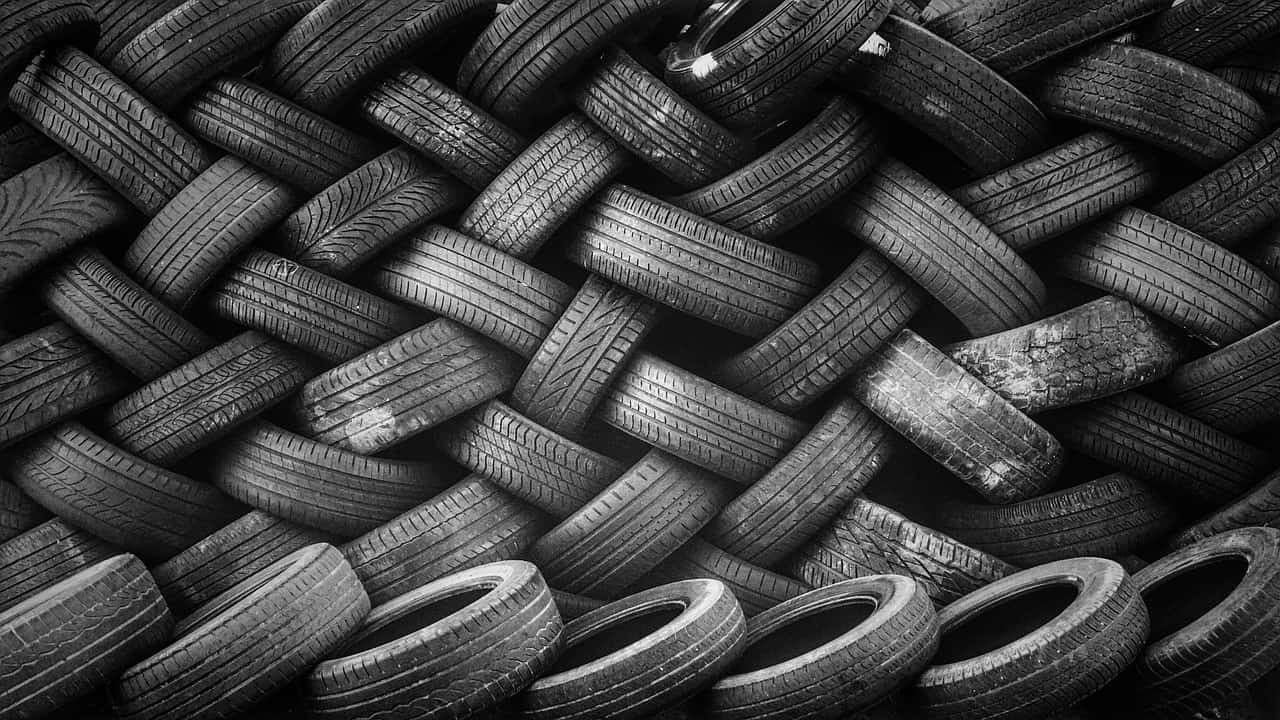
Changing a wheel in a car is an activity that requires not only skill, but also caution. This is especially important when driving on a highway or expressway
So-called expressways include freeways and express roads. The limit for passenger cars on freeways is 140 km/h, while on “express roads” – 120 or 100 km/h, depending on whether the roadway is two-lane or one-lane.
Most drivers do not adhere strictly to these rules, so the actual speed of vehicles on roads is on average 15 km/h higher. At this speed, a sudden stop can be very dangerous. The braking distance increases significantly and drivers have less time to react properly. However, there are situations where it will be necessary to pull over into the side emergency lane – one of which is to change a wheel on your car. To undertake this task, remember to take extra care. Here’s how to do it safely and efficiently.
Driving on defective tires can have devastating consequences. Your vehicle’s tires are subject to deformations, cuts, cracks, perforations and many other malfunctions. The most common reason for such problems is damage to the road surface or failure to drive over an obstacle.
Damaged tires become a huge problem when driving on a highway. They can start losing air at any time, which can result in a dangerous accident at high speeds. The first symptoms of under-inflated tires are sluggish handling, pulling the car toward you with the wheel uninflated, and over- or understeer in corners.
To make sure that changing a wheel on your car goes smoothly and, most importantly, safely, there are a few important rules to follow. The first thing to do is to turn on the hazard lights. They will be a clear signal to other drivers that we have a problem, so they can be extra careful when passing us.
The next step is to pull over into the emergency lane. You should do this gently and avoid sudden maneuvers. Once you are sure you are safe and not endangering other drivers, exit your car – preferably from the side of the guardrail, not the lane. Drivers in the right lane could be frightened by our sudden exit and swerve into the left lane. The emergency lanes are not very wide, so use caution
A very important part of the whole event is to properly mark the stopping place. This is done with a special warning triangle, which every car should be equipped with. The reflective triangle should be placed at least 100 metres behind the damaged vehicle on the expressway
When the place is properly marked and secured, we can proceed to change the wheel. In the case of a more serious breakdown, it may also be necessary to call the relevant services. You can replace the wheel with a spare or accessory wheel – what is the difference between these two options?
Both a spare wheel and a commuter wheel are perfect for unpleasant situations when a car tire is damaged. They will allow us to avoid waiting several hours for roadside assistance – instead we will be able to start the operation ourselves.
A spare wheel is a full-size wheel, which is usually placed in the trunk. It is characterized by the presence of a tire of standard dimensions and a rim, in a way complementing the set of mounted wheels. This equipment allows the car to continue driving for a long time. If your tires are directional, it’s good to know that the spare wheel will only fit on the right or only on the left side of the car – so it’s a good idea to reduce speed as much as possible. If our tires are symmetrical, we won’t have to worry about anything
As an alternative to the spare wheel, the access wheel is smaller in size. It won’t take up too much space in the trunk, so you can take it anywhere. When choosing a wheel for your car, you should be aware of certain limitations. First of all, the maximum safe speed is 80 km/h. Sudden manoeuvres such as sudden braking or accelerating should be avoided. It is also important that no more than one accessory is used at any one time
Changing a wheel in a car on a expressway does not have to be as scary as it may seem at first. If we are careful and ensure our own and others’ safety, everything should go as planned